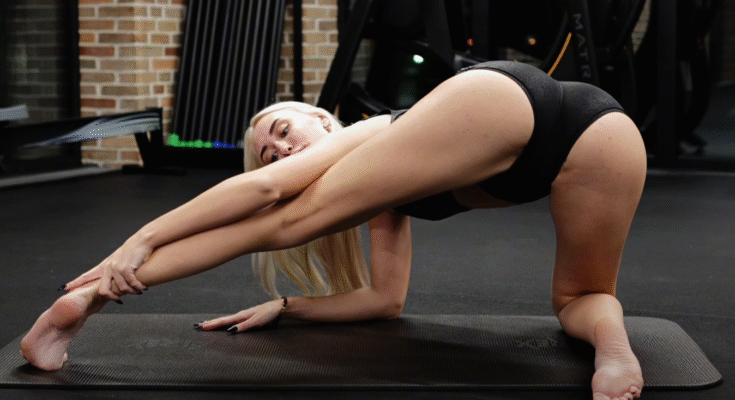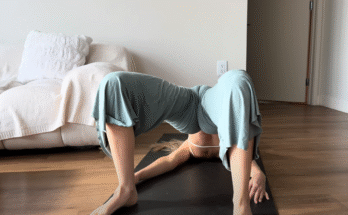Going to the gym is one of the most effective ways to improve your physical health, build muscle, burn fat, and boost your overall energy levels. However, a balanced workout routine isn’t just about lifting weights or running on the treadmill—it also includes proper stretching before and after your workout. Combining gym workouts with stretching helps improve performance, prevent injuries, and support long-term mobility.

A typical gym workout includes a mix of strength training and cardiovascular exercises. Strength training, such as lifting weights or using resistance machines, helps you build lean muscle mass. It also increases your metabolism, which means you burn more calories even when you’re resting. Cardiovascular workouts like cycling, running, or using an elliptical machine improve heart health and endurance. A well-rounded gym routine may focus on different muscle groups each day—for example, targeting legs one day, arms another, and core the next.
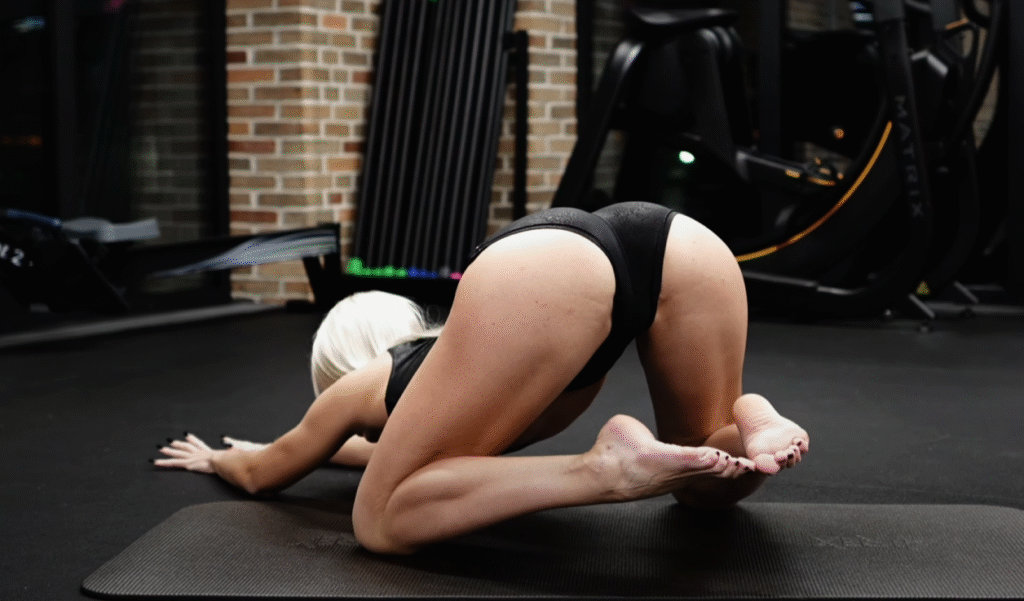
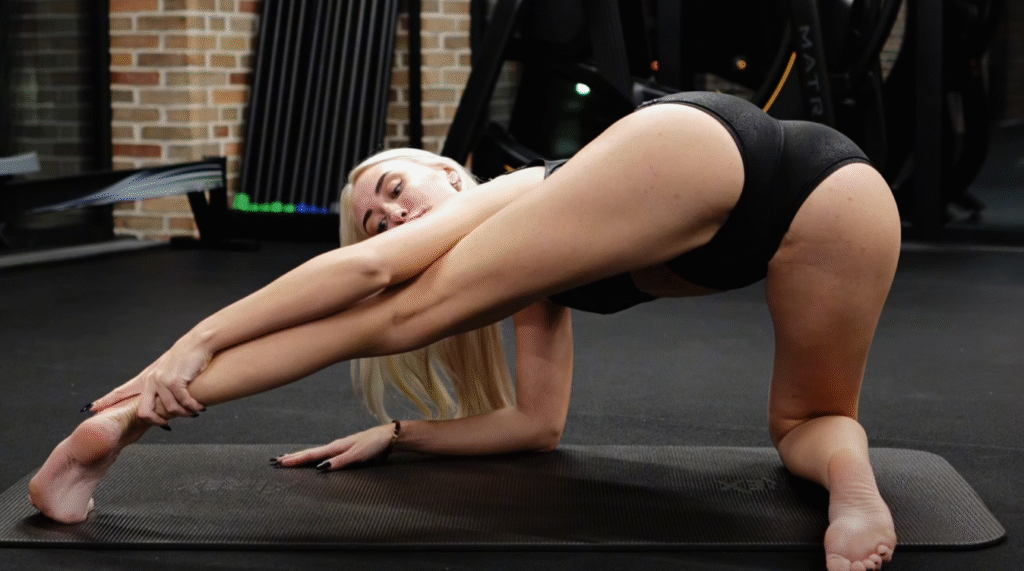
Before jumping into a workout, it’s essential to warm up properly. This is where dynamic stretching comes in. Dynamic stretching involves controlled movements that gently take your joints and muscles through their full range of motion. Examples include arm circles, leg swings, walking lunges, and torso twists. These stretches increase blood flow, activate the muscles you’re about to use, and prepare your body for the physical demands ahead.
Once your workout is complete, it’s time for static stretching. Unlike dynamic stretching, static stretching involves holding a stretch for 20 to 30 seconds without moving. This helps relax the muscles, improves flexibility, and reduces muscle soreness. Focus on stretching the muscles you just worked. For instance, after a leg day, stretch your hamstrings, calves, and quadriceps. After an upper-body workout, stretch your shoulders, chest, and arms.
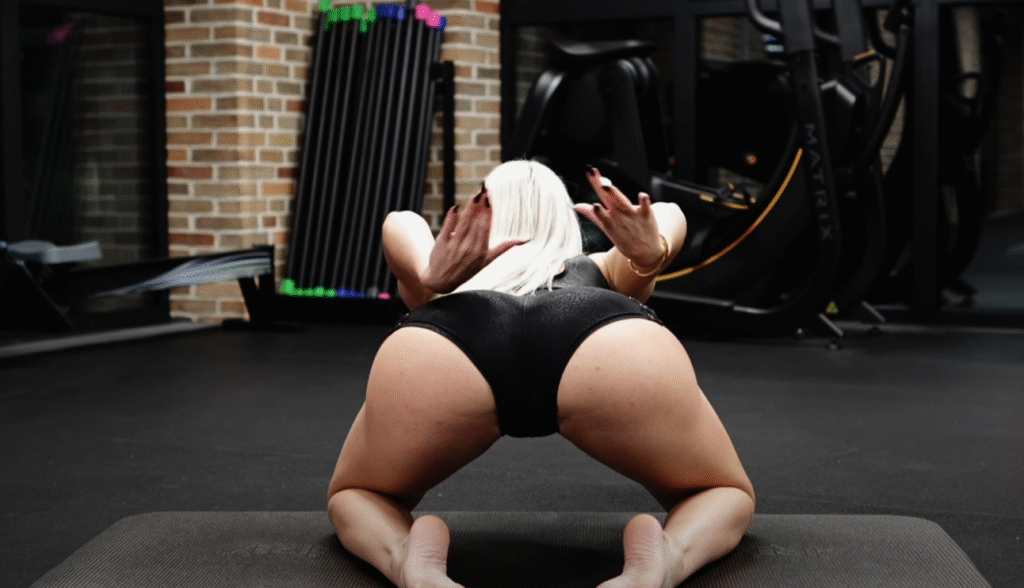
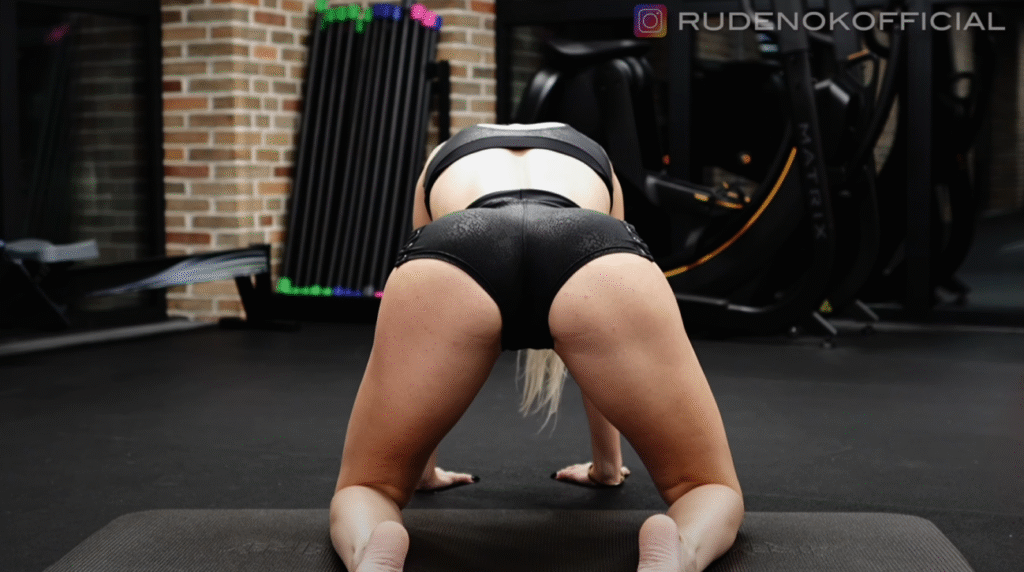
Stretching also plays a key role in preventing injuries. Tight muscles can lead to strains, sprains, and imbalances in posture and movement. Over time, incorporating regular stretching into your gym routine can increase your range of motion and help you perform exercises more efficiently. It also supports better posture, which is crucial whether you’re lifting weights or sitting at a desk all day.
Beyond the physical benefits, both gym workouts and stretching offer mental health advantages. Exercise releases endorphins—often called “feel-good” hormones—that reduce stress and improve mood. Stretching, especially after a workout, can be calming and act as a gentle form of relaxation or even meditation. It gives your body and mind a chance to cool down and reset.
In summary, an effective fitness routine doesn’t stop at lifting weights or running on machines. Stretching is an essential part of working out that enhances flexibility, reduces the risk of injury, and supports muscle recovery. By balancing your gym workouts with proper warm-up and cool-down stretches, you can train smarter, recover faster, and enjoy better results in both the short and long term.
